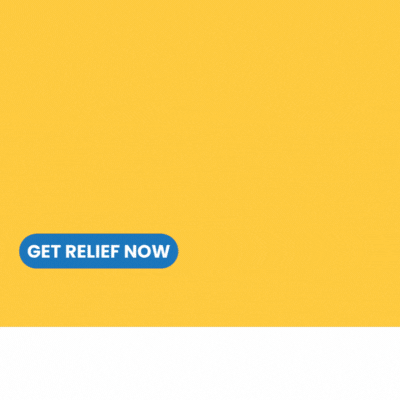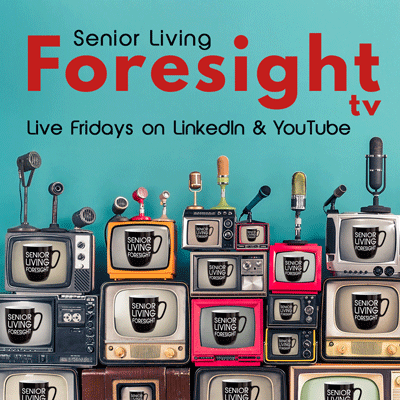By Susan Saldibar
One of the reasons marketers get frustrated with social media is that it wasn’t created for marketers. Facebook was created for college students. LinkedIn was created to help business professionals circulate their resumes and get exposure. And Twitter was just a microblog with a goofy name. Social media platforms have made business-friendly improvements. But it’s still tough to wrap our heads around how to determine if it’s worth all the effort we put into it.
Debra Gawet, Social and Digital Content Strategist Supervisor for SageAge Strategies (a Foresight partner) gets a lot of questions from senior living marketers who spend hours and hours with social media postings and ads and are curious about what’s working, not working, and the true value of their social media marketing.
Part of the key to understanding all this is to look beyond just dollars and cents. “Remember, social media isn’t only about profitability. It’s also about developing a meaningful connection with visitors to your social channels,” Debra tells me. And, while using social media in lead-generating campaigns is important, it’s arguably just as important for driving brand awareness. “The return on relationship is invaluable. And senior living communities are able to use social media as the vehicle for showcasing the community’s programming, resident lifestyle, and more,” Debra says.
The Most Bang for Your Buck
Here is what Debra recommends senior living marketers do to get the most bang for the buck out of social media:
- Identify the purpose of social media for your senior living community. This will allow you to understand the effectiveness of your efforts so you can refine strategy and adjust what isn’t working and identify what is working.
- Set actionable and smart goals and measure the following metrics:
- Signups for email, webinar, events
- Email subscribers
- Reach and engagement
- Campaign results
- Website traffic
- And more
- Review the findings.
- Refine and adjust the goals accordingly.
Return on Investment
Not only will this answer marketing questions, but it also will help prove the value of social media to the rest of the organization. Finally, it will help you to understand your brand reputation and how to become more active in that conversation. Then you can assess future budgeting for social efforts.
“Social media is an important tool for senior living operators to achieve marketing goals and objectives. But it’s important to make sure efforts are clearly defined, tracked, and analyzed and adjusted so you can define and maintain success,” says Debra.
Despite the growing popularity of social media in senior living, for some, it has yet to shake off its reputation for being a lightweight, recreational platform rather than a serious tool to connect with prospects and customers. In reality, nothing could be further from the truth, according to Debra. And its usefulness is proven time and time again. That is If you know how to leverage it and track it properly.
“The right plan in place will position you to take actionable steps to ensure your goals and findings align,” Debra says.
For more information about SageAge Strategies, please visit their website.
Click here to read comments and join the conversation about this article.








